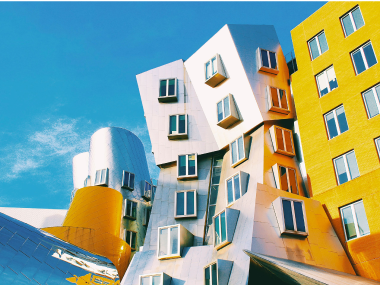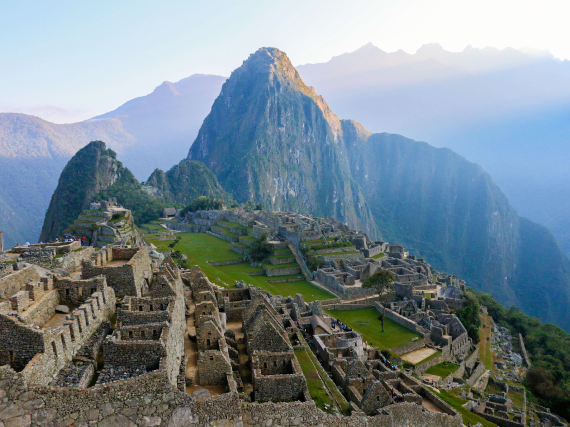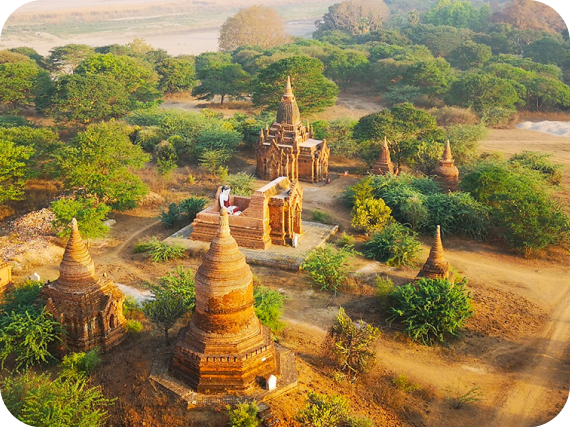If red is the color of passion and black is the color of mourning, what about yellow and green? The answer depends on where you live. Different colors have different connotations across the globe, with some having completely different meanings elsewhere than what Americans are used to. Here are five colors with fascinating symbolisms abroad.
Yellow – Royalty
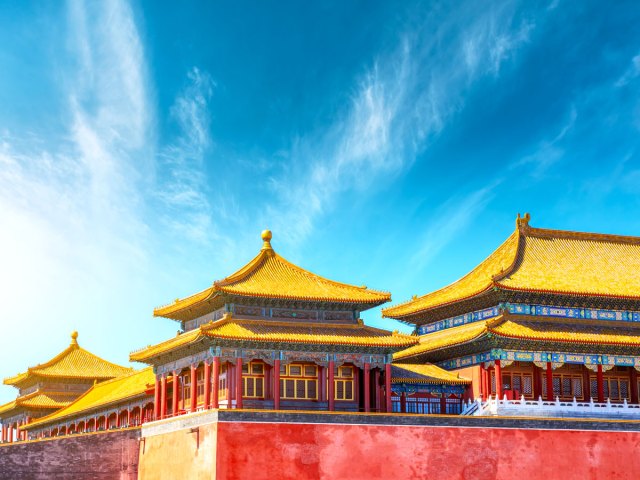
Because of its association with royalty in general and the emperor in particular, yellow used to be forbidden among regular Chinese people — commoners weren’t allowed to wear it at all. Huangdi, a mythological sovereign and folk hero who is credited with leading the country toward civilization, is also known as the Yellow Emperor. An emperor’s long pao (dragon robe) was often yellow, as were the imperial palace’s glazed tiles, utensils, and other objects. The royal color still receives pride of place at traditional festivals, not least because it’s no longer forbidden to wear.
Red – Weddings

Red has many different associations around the world. In the former Soviet Union, it’s tied to communism, while in China, red signifies good luck and prosperity (hence the iconic envelopes you’ve seen at Lunar New Year parties and other celebrations). It’s also the color brides traditionally wear to their weddings in China, Taiwan, India, Pakistan, and Sudan, among other countries. The reason for wearing red is the same: It’s considered the most auspicious color and therefore the one you want associated with your nuptials. Suffice to say that certain Game of Thrones viewers probably had a very different idea of what the Red Wedding entailed.
Green – Superstition

In Javanese and Sundanese mythology, Nyi Roro Kidul — the Queen of the Southern Sea — is sometimes depicted as a mermaid and other times portrayed as having the lower half of a snake. She represents the Indian Ocean in all its majestic power. Because green is her favorite color, wearing green is considered not only bad luck but also an insult on some parts of Java’s southern coast. To do so is, according to legend, to risk being swallowed by the sea or conscripted as part of Nyi Roro Kidul’s unwilling army.
Blue – The Virgin Mary
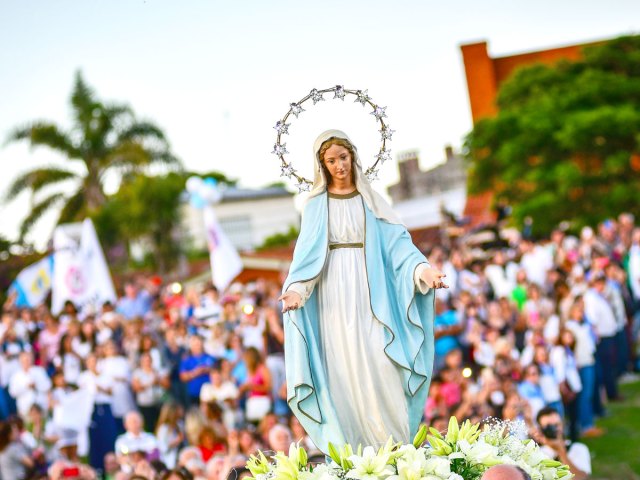
The world’s favorite color has countless connotations, with one of its most spiritual associations being especially prevalent in Central and South America. In Christianity, blue evokes the purity of the heavenly skies as well as that of the Virgin Mary, who’s often depicted cloaked in blue. Because the color is rare in nature on land but omnipresent in the sky, it has an elusive quality befitting the queen of heaven.
There’s even a specific shade known as Marian blue, which has been the Virgin Mary’s “official color” since the fifth century. The blue pigment used for it in medieval and Renaissance art was originally derived from lapis lazuli, a stone imported from Afghanistan that, at the time, was more valuable than gold. To portray Mary in blue was therefore to glorify her in a way that few other figures were worthy of.
White – Mourning
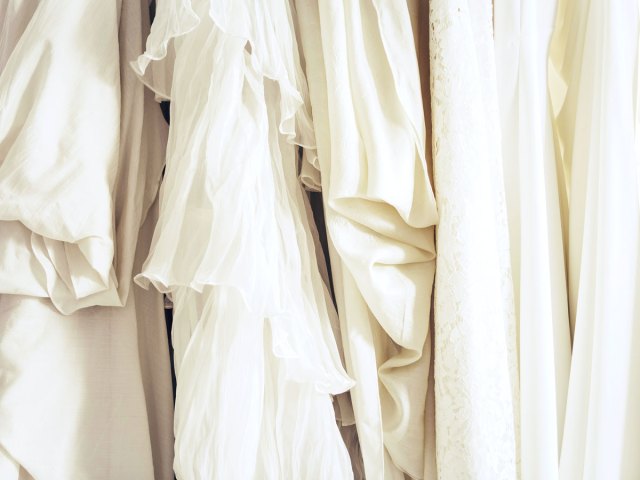
Though black is the traditional color of mourning in much of the Western world, the opposite is true elsewhere. One example is Korea, where white symbolizes grief and is the color of traditional funeral attire, especially for family members. It’s also the color of mourning in China, where white is associated with death and purity.
Bonus: Pink – Donuts

This one is admittedly quite specific and may seem strange to anyone not familiar with Southern California, but its fascinating cultural history warrants an honorable mention. Donut boxes are traditionally pink in SoCal, thanks largely to the Cambodian refugees who fled the Khmer Rouge in the 1970s and arrived in Los Angeles and Orange County, where a number of them opened donut shops. One of the owners, seeking a cheaper alternative to the standard white boxes they used, asked their supplier if anything else was available. It turns out, pink boxes were, which was auspicious for two reasons: They were less expensive and close in hue to red, which, as mentioned above, is considered lucky in some cultures.
More from our network
Daily Passport is part of Inbox Studio, which publishes content that uplifts, informs, and inspires.
